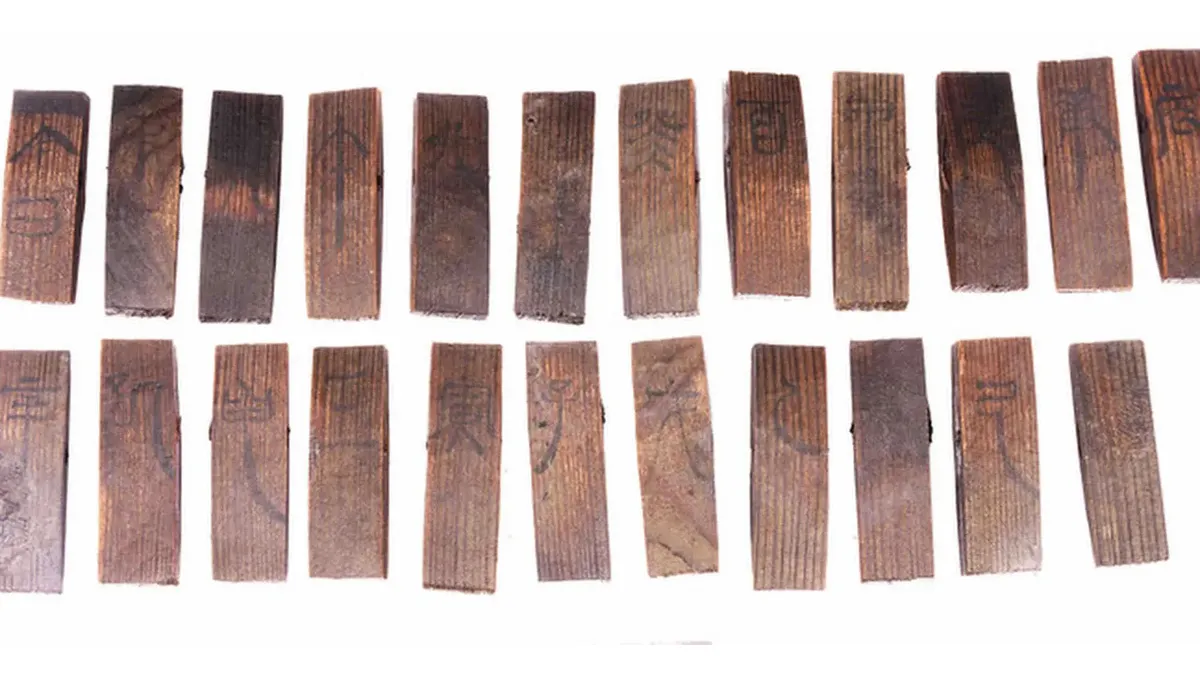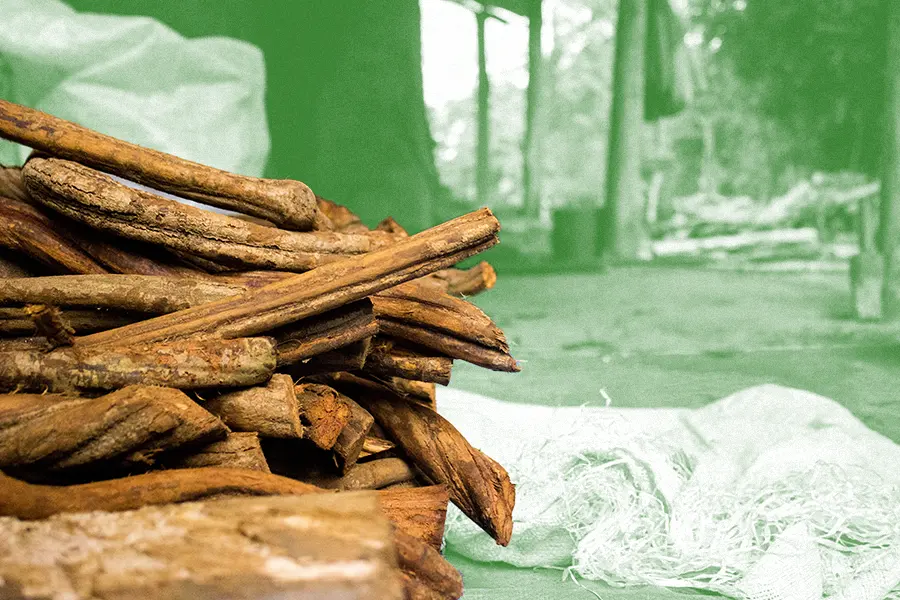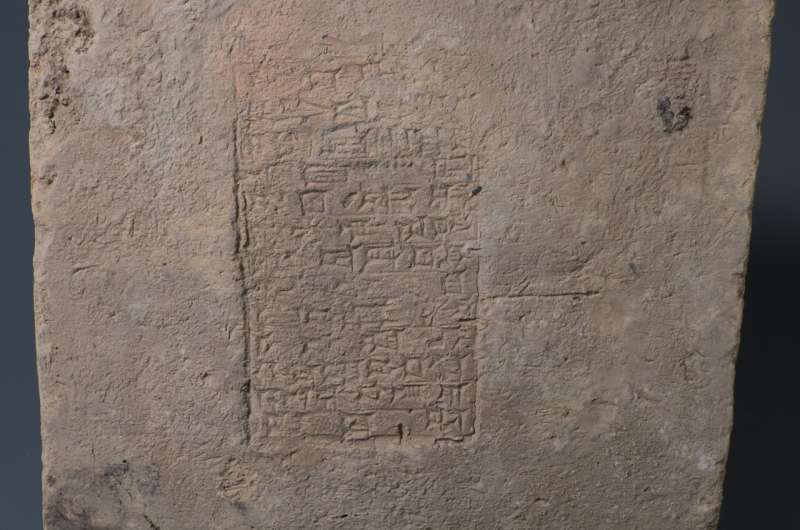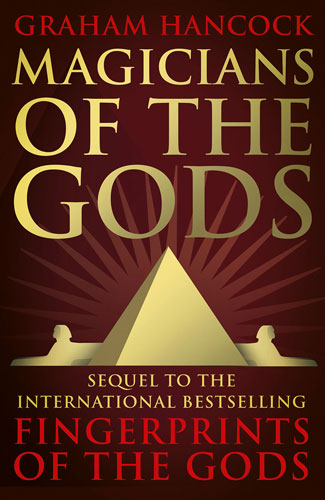News Desk

Scientists in China recently made a discovery at the heart of our planet: Every 8.5 years, the Earth’s inner core wobbles around its rotational axis. This shift is likely caused by a tiny misalignment between the inner core and the Earth’s mantle—the layer below the Earth’s crust, according to the researchers’ new study.

Researchers have discovered a significant link between musical synchronization and social connectedness…the study found that individuals who synchronized their musical rhythms felt a stronger sense of connection with their peers, highlighting music’s unique role in fostering social cohesion.

Archaeologists in China have unearthed a mysterious set of rectangular wooden pieces linked to an ancient astronomical calendar. The artifacts were discovered inside an exceptionally well-preserved 2,000-year-old tomb in the southwest of the country.

Men and women might have had their fingers deliberately chopped off during religious rituals in prehistoric times, according to a new interpretation of palaeolithic cave art.
The sea off the north-west of Australia used to host islands and even a huge landmass, big enough to support half a million people, according to new archaeological research. A study published in Quaternary Science Review has mapped a world that appeared and disappeared with changing sea levels over the past 70,000 years.

Banisteriopsis caapi isn’t psychedelic, but for many, it’s a vital plant medicine with plenty to teach…This vine is best known as an ingredient in the psychedelic ceremonial drink ayahuasca, but the plant has many names and meanings throughout the Amazon. It’s Yagé in Colombia; Ayahuasca in Peru. Oxe takes the caapi plant by itself for its “antidepressant” effects.

In the study published in the Journal of Archaeological Science, the researchers examined 57 pot sherds with foodcrusts mainly attributed to the Songze cultural period (ca. 5800–5300 BP).

A world-first, non-invasive AI system can turn silent thoughts into text while only requiring users to wear a snug-fitting cap.

The research, published in the Planetary Science Journal, introduces a novel approach to simulating the energy deposition from a nuclear device on an asteroid’s surface.

Scientists find ultra-rare collection of molecules in 2 ancient galaxies from the early universe. The findings were published on December 14th in the journal Astronomy and Astrophysics.
A baleen whale fossil found on the banks of the Murray River in South Australia is challenging previous ideas about when baleen whales first evolved to be big. The research is published in the Proceedings of the Royal Society B.

The application of modern methods of dating fossil human remains has catalysed major revisions in our understanding of human evolution. A new review… shows how the reanalysis of fossils discovered across the world brings into question our current ideas of human evolution, some of which may be incorrect.

Results from a phase II clinical trial indicate that psilocybin, a hallucinogenic chemical found in certain mushrooms of the genus Psiloybe, may benefit individuals with cancer and major depression. The findings are published by Wiley in two articles appearing online in CANCER, a peer-reviewed journal of the American Cancer Society.
Image by Matthew W. Johnson (Wiki Commons)

Now, a research team from the Center de Recherche et de Restauration des Musées de France has reported the first discovery of black carbon-based art in Dordogne’s Font-de-Gaume cave…The team’s findings…are published in Scientific Reports.

Ancient bricks inscribed with the names of Mesopotamian kings have yielded important insights into a mysterious anomaly in Earth’s magnetic field 3,000 years ago, according to a new study involving University College London researchers.

In a recent study, scientists from UC Davis, the Alaska Whale Foundation, and SETI (Search for Extraterrestrial Intelligence) teamed up. Their mission: Communicate with whales. And they did just that.








